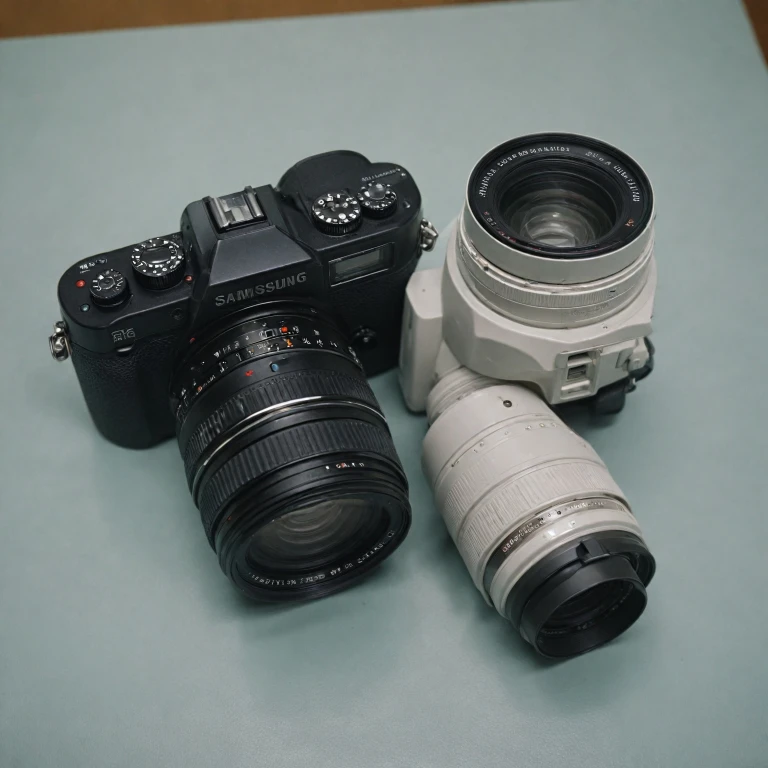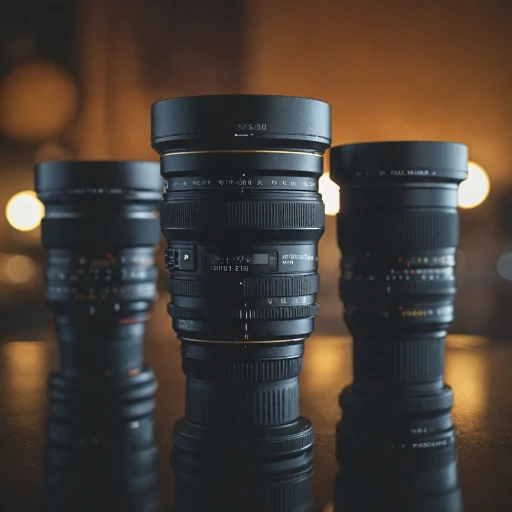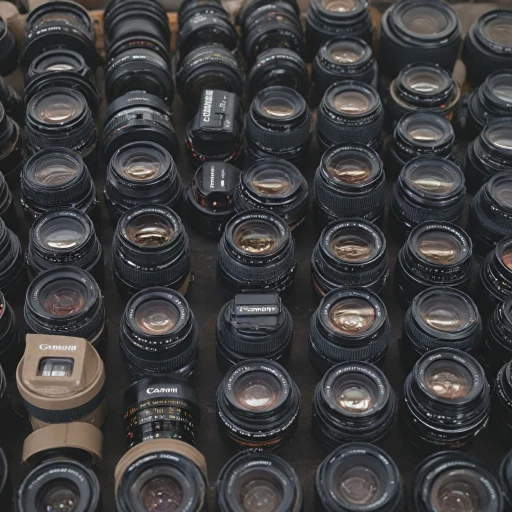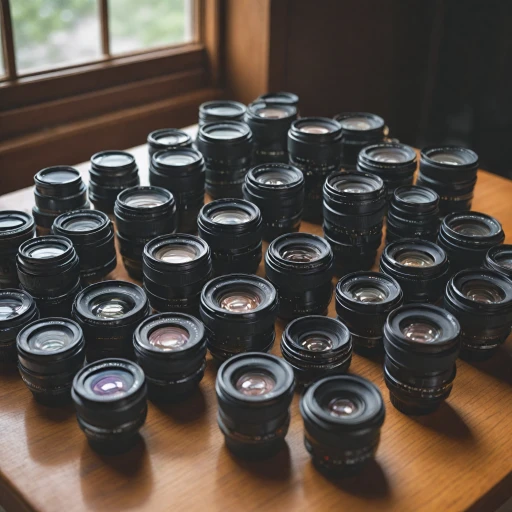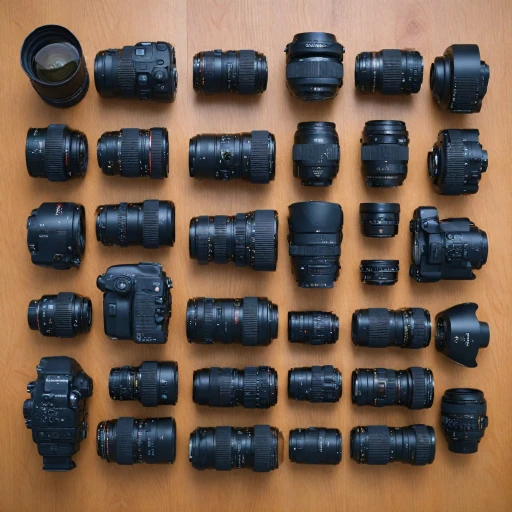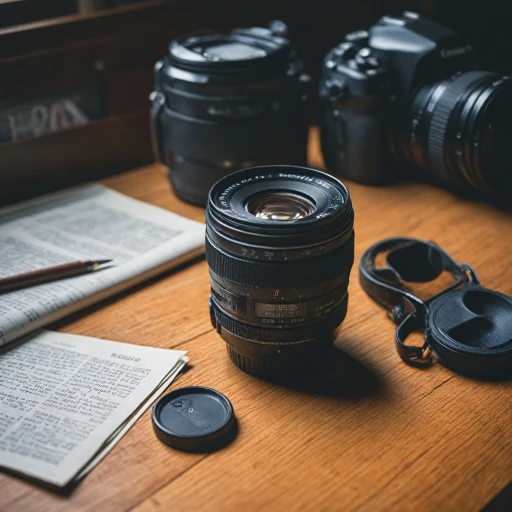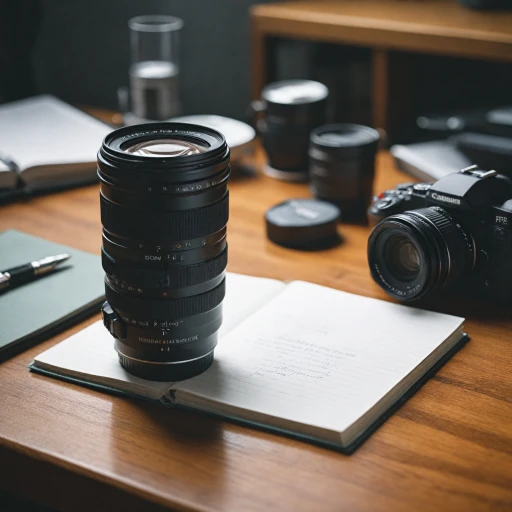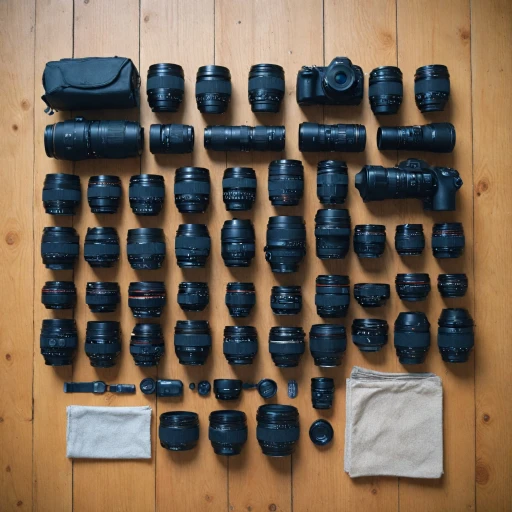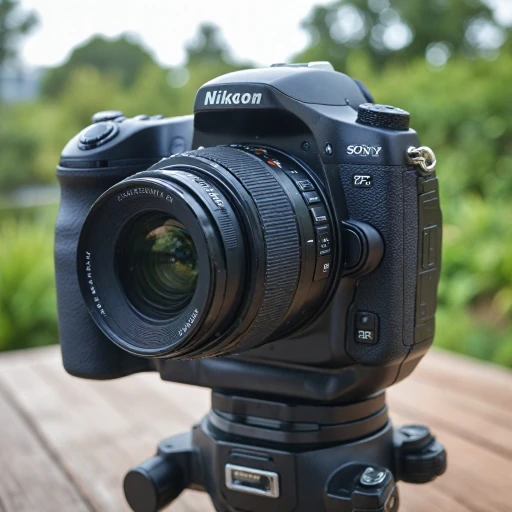Understanding Lens Specifications
Key Specifications of Different Lenses
When comparing lenses like the 18-55mm and the 16-80mm, it's essential to understand their specifications to determine which might be better suited for your needs. These lenses serve as versatile options for photographers, offering diverse focal lengths and aperture ranges that cater to various shooting scenarios.- Focal Length: The 18-55mm lens is often seen as a kit lens staple, providing a focal range that is great for everyday photography and ideal for those just starting with their camera journey. On the other hand, the 16-80mm lens offers an extended range, enhancing its ability to capture more varied shots, particularly in travel photography.
- Maximum Aperture: Both lens options give differing low light performance. The typically larger aperture seen in these lenses can significantly affect image quality, especially in dimly lit conditions. A wider aperture allows for more light, improving images shot without a flash.
- Image Stabilization: Many kit lenses come equipped with optical image stabilization (OIS), which is vital for reducing camera shake and producing sharper images, especially at slower shutter speeds or longer focal lengths.
Performance in Different Photography Scenarios
Real-World Performance and Versatility
When evaluating the performance of the 18-55mm and 16-80mm lenses, understanding the typical scenarios in which each lens excels is key. Both lenses are often paired with Fujifilm cameras, making them a popular choice among photography enthusiasts and professionals alike. However, each offers distinct attributes that cater to different photography needs.
The 16-80mm lens is often praised for its versatility, covering a broad focal range that makes it suitable for both wide-angle shots and moderate telephoto needs. This range is particularly advantageous for travel photography and street photography, where a quick switch between focal lengths is beneficial. Additionally, its maximum aperture allows for stunning low-light performance, which is a major consideration for photographers looking to capture high-quality images in various lighting conditions.
On the other hand, the 18-55mm lens, often dubbed the classic "kit lens," strikes a great balance between performance and compactness. It’s well-suited for everyday use, providing good image quality across its focal lengths. While its zoom range is slightly more limited, the 18-55mm still holds its own in delivering crisp images thanks to Fujinon OIS (Optical Image Stabilization), which helps in reducing camera shake, especially in handheld shooting.
A wise consideration for choosing between these lenses is the type of photography you most often engage in. The image stabilization in both lenses ensures that even in challenging lighting situations, you can expect to capture sharp images. Cherishing the options each lens offers will depend on your preference for the zoom range, aperture settings, and overall size weight ratio.
For those interested in capturing a diverse variety of scenes without carrying multiple lenses, the 16-80mm lens provides that flexibility. Conversely, for photographers who prioritize compactness and budget without sacrificing too much on the zoom range, the 18-55mm remains an appealing, well-rounded lens.
Build Quality and Durability
Examining Construction and Longevity
When it comes to choosing the right lens for your photography needs, the build quality and durability are paramount considerations. The 18-55mm and 16-80mm lenses, both popular choices among photographers, offer distinct attributes in terms of construction and longevity.
The 18-55mm lens, often considered a kit lens, is generally crafted with lightweight materials, making it an excellent option for those new to photography or for travel photography. Its compact design and limited weight make it easy to carry, although this can sometimes come at the expense of durability. Some users have reported that despite its portability, the lens may not withstand extensive use or harsh conditions over time.
On the other hand, the 16-80mm lens is largely designed with more robust materials, offering greater peace of mind for intensive use. It boasts weather-sealing capabilities, providing added protection against the elements—a feature that seasoned photographers will appreciate during outdoor shoots. These extra features, however, may contribute to a slightly heavier lens, which could be a trade-off in terms of comfort and portability.
Both lenses feature a sturdy mount mechanism that ensures secure attachment to the camera body, with the 16-80mm lens benefiting from additional reinforcement due to its more advanced design. This could be an advantage if you frequently switch between lenses or demand more from your gear.
Finding the perfect balance between build quality and portability largely depends on your photography needs. Whether you're more inclined to capture full frame images in a controlled environment or need a reliable companion on travel adventures, these lenses cater to different preferences and conditions. For further insight on camera gear essentials, such as selecting the best memory cards, refer to understanding the full guide here.
Price Point and Value for Money
Cost-Effectiveness and Overall Package
When evaluating lenses, the financial aspect is crucial. The 18-55mm lens typically serves as a kit lens, often included with camera purchases, which can make it a cost-effective choice for many beginners. On the other hand, the 16-80mm lens brings in a broader range of focal lengths and enhanced features, sometimes at a higher price point. Still, this lens offers a good balance between versatility and quality, making it a worthwhile investment for those seeking more flexibility.- Price Comparison: Often, the 18-55mm lens is the more affordable choice. However, the 16-80mm justifies its higher price with additional features such as improved zoom range and an aperture ring that provides more control over the aperture setting.
- Value for Money: The quality and range of the images produced by the 16-80mm len often satisfy the demands of travel photography and other dynamic shooting scenarios. This makes it a strong contender if you're looking to enhance image quality over time.
- Dependability: Depending on budget and needs, choosing between these two Fujifilm lenses should reflect the practical requirements for travel or low light scenarios, as well as long-term photographic goals. Remember that investing in a lens such as the 16-80mm could reduce the need for swaps and upgrades as proficiency develops.
Compatibility with Camera Bodies
Assessing Compatibility: Lens and Camera Body Integration
When selecting a lens for your camera, compatibility between the lens and the camera body is crucial. Both the 18-55mm and 16-80mm lenses are designed to work seamlessly with various Fujifilm camera bodies, but there are some factors to consider for optimal performance.
The 18-55mm lens often acts as a reliable kit lens, offering a versatile focal range that suits a variety of Fujifilm cameras. Its focal range is particularly good for travel photography due to its compact size and weight, allowing photographers to capture wide-angle shots and moderate zoom images with ease.
On the other hand, the 16-80mm lens offers a broader range and is equipped with features like image stabilization, marked as Fujinon OIS, to enhance photo quality, especially in low light situations. This lens is known for its advanced optical performance, making it highly compatible with full frame and APS-C sensor cameras in the Fuji lineup, delivering superior image quality and focal length versatility.
A critical aspect of lens compatibility is the integration of the aperture ring and zoom functionality. Both lenses offer smooth focus and aperture adjustments, but the 16-80mm lens includes a refined electronic control that may provide an edge in terms of precise adjustments, contributing to improved image stabilization and overall camera operation.
Lastly, consider lens reviews and feedback about your specific Fujifilm camera body to determine how well each lens is reported to perform. Experienced users often share insights about kit lens quality, maximum aperture efficiency, and focal length application, aiding in making an informed decision.
By paying attention to these compatibility aspects, photographers can ensure they choose a lens that not only fits their camera body but also enhances their photography experience.
